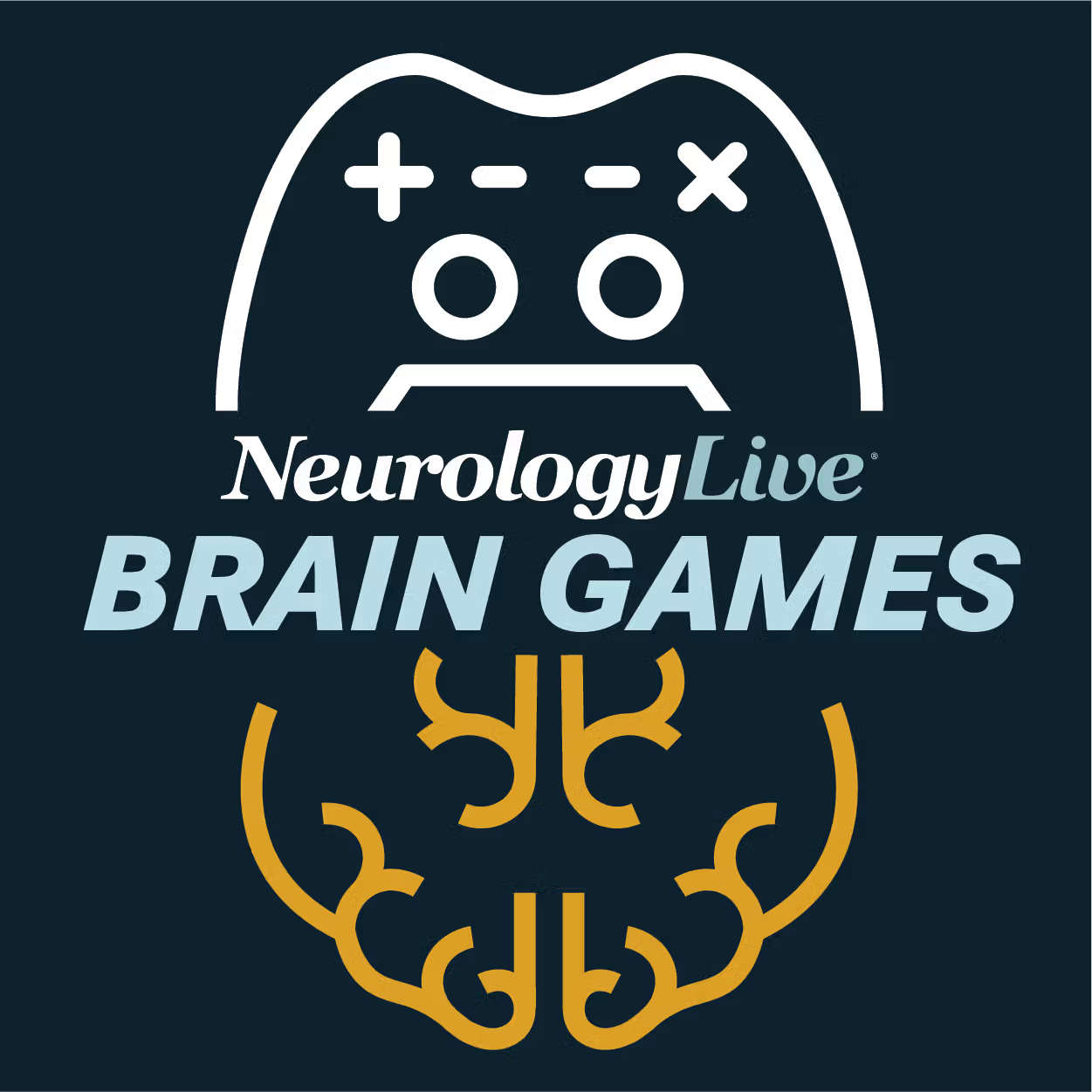News
Article
Study Identifies Key Inflammatory Markers in Pediatric MOGAD, Suggesting New Therapeutic Targets
Key Takeaways
- Elevated NLRP3, HMGB1, and IL-6 levels in cerebrospinal fluid correlate with acute MOGAD episodes and disease severity, suggesting potential therapeutic targets.
- The study analyzed 30 pediatric patients, revealing significantly higher inflammatory marker levels in acute-phase patients compared to controls and those in remission.
A recent study reported significantly elevated cerebrospinal fluid inflammatory markers in pediatric myelin oligodendrocyte glycoprotein antibody-associated disease during acute phases.
In a recently published study in Frontiers in Immunology, researchers identified significant elevations in inflammatory markers NLRP3, HMGB1, and IL-6 in the cerebrospinal fluid (CSF) during acute episodes of pediatric patients with myelin oligodendrocyte glycoprotein antibody-associated disease (MOGAD). The study, conducted at Hebei Children’s Hospital in China, also reported correlations between these biomarkers and disease severity, highlighting potential therapeutic targets for future treatment approaches.1
The study analyzed CSF samples from 30 pediatric patients diagnosed with MOGAD based on clinical criteria2 —20 in the acute phase and 10 in remission—along with 10 age, weight, and sex-matched controls diagnosed with non-demyelinating neurological conditions such as febrile convulsions, infectious meningitis, and migraine. All told, the analysis revealed significantly higher levels of NLRP3, HMGB1, and IL-6 in acute-phase patients with MOGAD compared with both controls and those in remission.
Specifically, NLRP3 levels were elevated in acute-phase patients (4.98 [±3.20]) compared with controls (1.76 [±0.65], P <.01) and remission-phase patients (2.36 [±0.62], P <.05). Similarly, HMGB1 levels were markedly higher in acute-phase patients (542.1 [±433.0]) compared with the controls (134.3 [±88.9], P < 0.001) and remission patients (293.1 [±142.7], P <.05).
IL-6 followed the same trend, with significantly increased levels during acute episodes (72.8 [±13.3]) compared with controls (1.63 [±1.30], P < 0.01) and remission patients (2.87 [±2.92], P < 0.05). In contrast, IL-33 levels did not show significant differences between acute and remission phases (P > 0.05). Thus, these findings suggest that NLRP3, HMGB1, and IL-6 may play a crucial role in the neuroinflammatory process of MOGAD, particularly during disease exacerbations.
READ MORE: Dubai Study Highlights Disease Characteristics and Treatment Outcomes in NMOSD and MOGAD
Conducted by lead author Xin Wang, MD, Second Department of Neurology at Hebei Children’s Hospital, in Shijiazhuang, China, the median patient age was 8 years, and the majority of participants experienced a single disease attack. Notably, disease severity was assessed using the Extended Disability Status Scale (EDSS), with a median score of 1.5. Further analysis indicated a significant correlation between HMGB1 and NLRP3 levels (P <.01, r² = 0.410), suggesting a potential interaction between these inflammatory pathways. However, no other significant correlations were observed among the inflammatory markers.
Regarding disease severity, higher HMGB1 levels were associated with increased EDSS scores (P <.05, r² = 0.200), suggesting a link between this biomarker and neurological impairment. Additionally, IL-6 levels were positively correlated with the number of disease attacks (P <.05, r² = 0.204), indicating a possible role in disease progression. Authors noted no significant correlations were observed between NLRP3, IL-6, or IL-33 levels and EDSS scores.
Despite the results indicating a potential role for HMGB1 and IL-6 in disease severity, researchers suggest that further studies might be needed to clarify their mechanisms and potential as therapeutic targets. Overall, the current study provides new insights into the inflammatory landscape of pediatric MOGAD, highlighting the importance of NLRP3, HMGB1, and IL-6 in disease activity. Authors noted that the findings suggest that targeting HMGB1-related pathways could be a promising avenue for future treatments, paving the way for further research into inflammation-driven therapeutic strategies for autoimmune neurological disorders.





